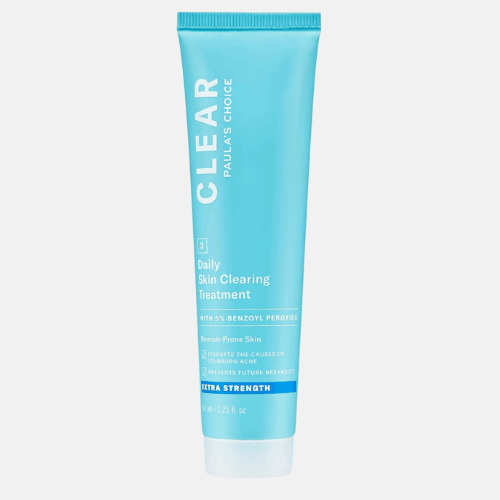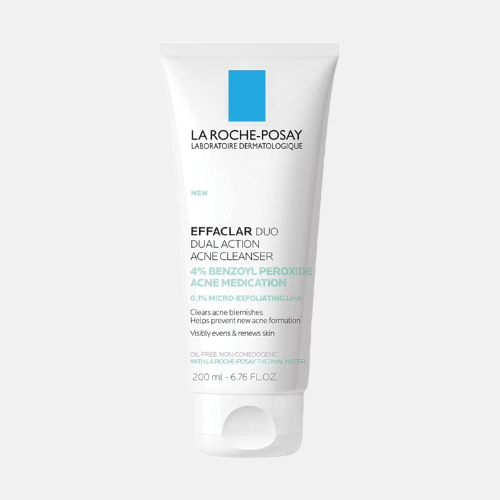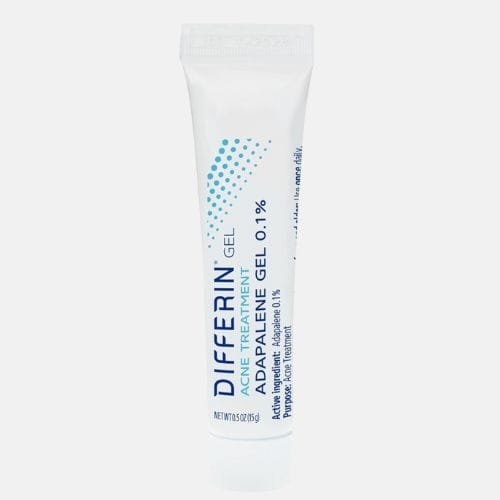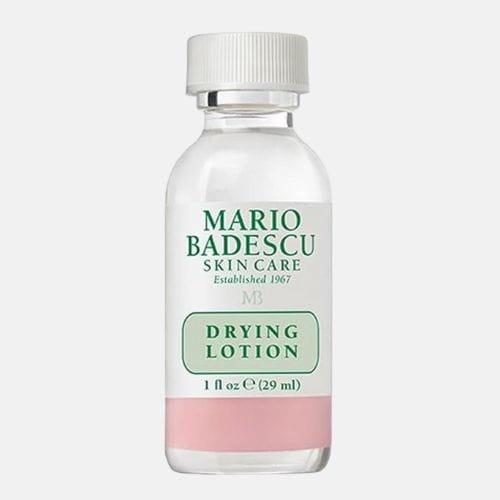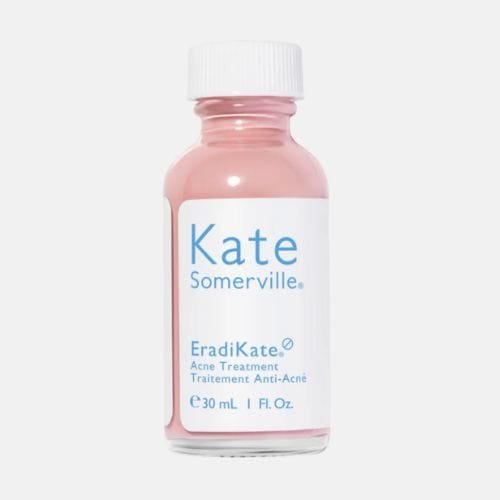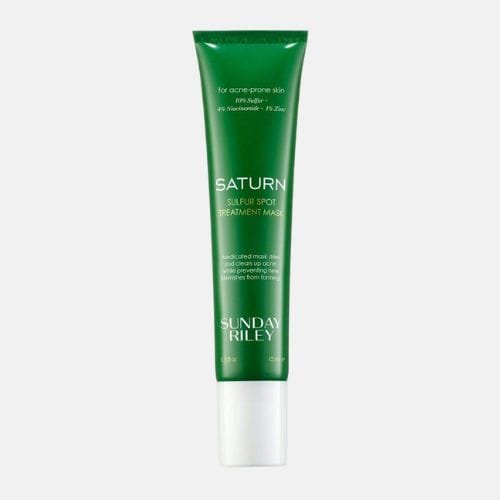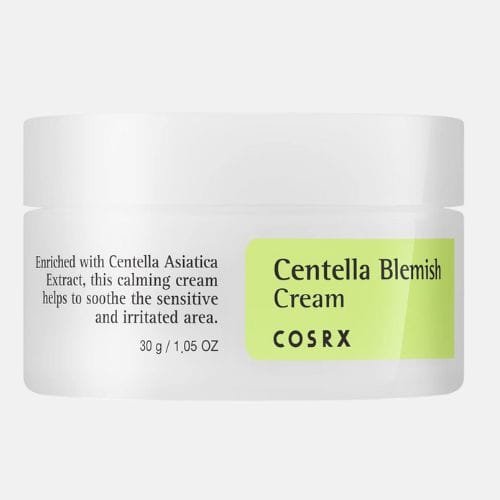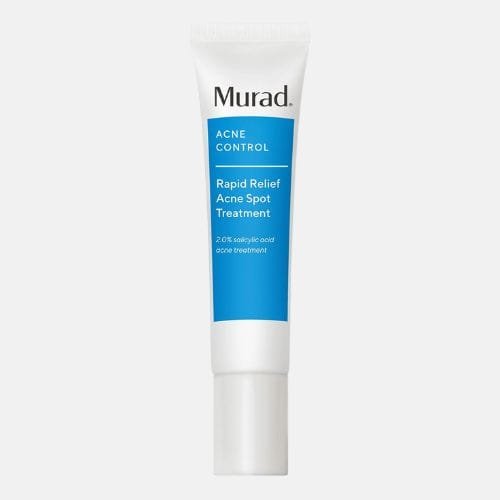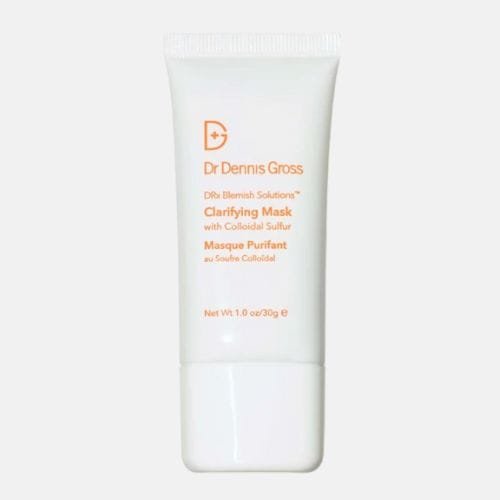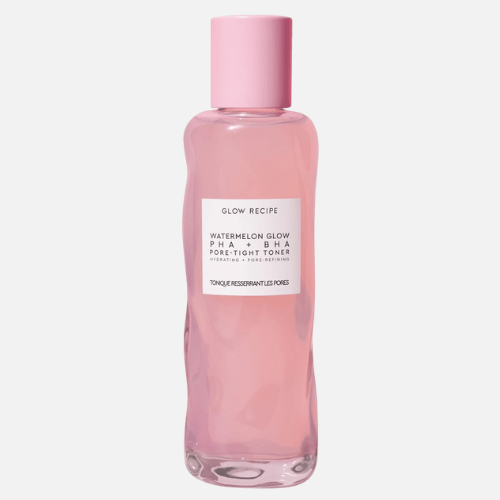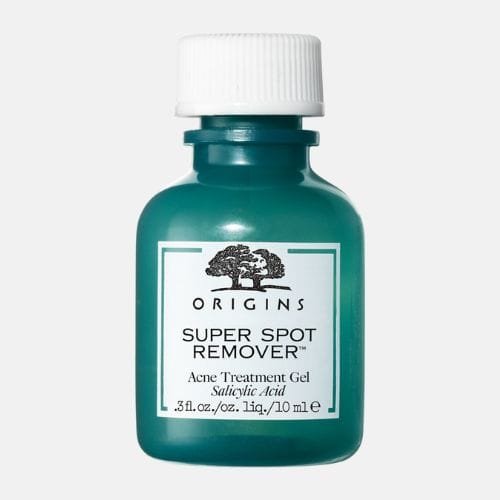Best Spot Treatments for Cystic Acne

Everyone remembers the moment they first encountered cystic acne. For me, it was during my sophomore year of college, right before a big presentation. I woke up with a painful, red bump on my chin that no amount of concealer could hide. It felt like the universe was playing a cruel joke on me. If you’ve ever dealt with cystic acne, you know the struggle—it’s deep, stubborn, and often leaves behind scars that feel like emotional baggage. But here’s the good news: you don’t have to suffer in silence. After years of trial and error (and a borderline obsessive skincare routine), I’ve narrowed down the best spot treatments for cystic acne that actually work. Whether you’re a skincare newbie or a seasoned enthusiast, this guide will help you find the right product to tackle those pesky breakouts head-on.
Best Picks
What Is Cystic Acne?
Before diving into the treatments, let’s talk about what cystic acne actually is. Unlike your average pimple, cystic acne forms deep within the skin when pores become clogged with oil, dead skin cells, and bacteria. The result? Painful, inflamed bumps that can linger for weeks. Hormonal fluctuations, stress, and genetics often play a role, making it a tough opponent to beat.
Traditional acne treatments like salicylic acid or benzoyl peroxide might work for surface-level breakouts, but cystic acne requires something stronger. That’s where spot treatments come in. These targeted solutions are designed to penetrate deep into the skin, reduce inflammation, and speed up healing.
How to Choose the Right Spot Treatment
Not all spot treatments are created equal. When shopping for a product to treat cystic acne, look for these key ingredients:
Salicylic Acid: A beta hydroxy acid (BHA) that exfoliates and unclogs pores.
Benzoyl Peroxide: Kills acne-causing bacteria and reduces inflammation.
Retinoids: Promote cell turnover and prevent clogged pores.
Sulfur: Dries out excess oil and soothes irritation.
Niacinamide: Reduces redness and strengthens the skin barrier.
It’s also important to consider your skin type. If you have sensitive skin, opt for gentler formulas with lower concentrations of active ingredients. And always, always patch-test new products to avoid adverse reactions.
1. Paula’s Choice CLEAR Acne Treatment
Key Ingredients: 5% Benzoyl Peroxide
Why It Works: Benzoyl peroxide is a gold standard for treating cystic acne, and Paula’s Choice offers it in a gentle, non-drying formula. This treatment reduces inflammation and kills bacteria without over-drying your skin, making it perfect for daily use.
Best For: All skin types, especially those prone to redness and irritation.
How to Use: Apply a thin layer to clean, dry skin once or twice a day. Follow up with a moisturizer to prevent dryness.
2. La Roche-Posay Effaclar Dual Action Acne Treatment
Key Ingredients: Benzoyl Peroxide, Micro-Exfoliating LHA, Niacinamide
Why It Works: This dual-action treatment not only targets acne-causing bacteria but also exfoliates dead skin cells and reduces post-acne marks. The addition of niacinamide helps calm redness and strengthen the skin barrier.
Best For: Oily and combination skin types.
How to Use: Apply a pea-sized amount to affected areas morning and night.
3. Differin Adapalene Gel
Key Ingredients: Adapalene (a retinoid)
Why It Works: Differin is an over-the-counter retinoid that works by unclogging pores and preventing new breakouts. It’s especially effective for cystic acne because it penetrates deep into the skin to reduce inflammation and promote healing.
Best For: Those with persistent, recurring acne.
How to Use: Apply a thin layer to clean, dry skin once daily in the evening. Start with every other day if you’re new to retinoids.
4. Mario Badescu Drying Lotion
Key Ingredients: Salicylic Acid, Calamine, Sulfur
Why It Works: This cult-favorite spot treatment is a lifesaver for cystic acne. The combination of salicylic acid and sulfur dries out blemishes overnight, while calamine soothes irritation.
Best For: Spot-treating individual breakouts.
How to Use: Dip a cotton swab into the pink sediment at the bottom of the bottle and dab it directly onto the blemish before bed.
5. Kate Somerville EradiKate Acne Treatment
Key Ingredients: 10% Sulfur, Zinc Oxide, Salicylic Acid
Why It Works: Sulfur is a powerhouse ingredient for drying out cystic acne, and this treatment delivers it in a potent yet gentle formula. It also contains salicylic acid to exfoliate and zinc oxide to soothe the skin.
Best For: Those with oily or acne-prone skin.
How to Use: Apply a small amount to clean, dry skin and leave it on overnight.
6. Sunday Riley Saturn Sulfur Acne Treatment Mask
Key Ingredients: 10% Sulfur, Zinc Oxide, Niacinamide
Why It Works: This isn’t your average sulfur treatment. Sunday Riley’s Saturn mask combines sulfur with niacinamide and zinc oxide to reduce inflammation, unclog pores, and calm redness. It’s a multitasking powerhouse that works as both a spot treatment and an overnight mask.
Best For: Those who want a luxurious, multi-purpose treatment.
How to Use: Apply a thin layer to clean, dry skin as a spot treatment or leave it on for 20 minutes as a mask. Rinse off and follow up with moisturizer.
7. COSRX Centella Blemish Cream
Key Ingredients: Centella Asiatica, Zinc Oxide, Tea Tree Oil
Why It Works: Centella Asiatica, also known as “tiger grass,” is a hero ingredient for soothing irritated skin. This cream combines it with zinc oxide and tea tree oil to reduce redness, heal blemishes, and prevent future breakouts. It’s gentle enough for sensitive skin but effective enough for cystic acne.
Best For: Sensitive or irritated skin types.
How to Use: Dab a small amount onto clean, dry skin and gently pat it in. Use morning and night.
8. Murad Rapid Relief Acne Spot Treatment
Key Ingredients: 2% Salicylic Acid, Sulfur, Glycolic Acid
Why It Works: This fast-acting treatment combines salicylic acid, sulfur, and glycolic acid to exfoliate, reduce inflammation, and dry out cystic acne. It’s designed to work quickly, making it a great option for those last-minute breakouts before a big event.
Best For: Oily and acne-prone skin types.
How to Use: Apply a thin layer to clean, dry skin and let it absorb. Use up to three times daily.
9. Dr. Dennis Gross Clarifying Colloidal Sulfur Mask
Key Ingredients: Sulfur, Kaolin Clay, Bentonite Clay
Why It Works: This mask combines sulfur with kaolin and bentonite clays to draw out impurities, reduce oil production, and calm inflammation. It’s perfect for those who prefer a rinse-off treatment over a leave-on product.
Best For: Oily and combination skin types.
How to Use: Apply a thin layer to clean, dry skin and leave it on for 10-15 minutes. Rinse off and follow up with moisturizer.
10. Glow Recipe Watermelon Glow Toner
Key Ingredients: Salicylic Acid (BHA), PHA, Watermelon Extract
Why It Works: While not a traditional spot treatment, this toner is a game-changer for preventing cystic acne. It combines salicylic acid to unclog pores with PHAs to gently exfoliate and watermelon extract to hydrate. Regular use can help keep breakouts at bay.
Best For: Those looking for a preventative treatment.
How to Use: Apply to clean skin with a cotton pad or your hands. Use morning and night.
11. Origins Super Spot Remover
Key Ingredients: Salicylic Acid, Caffeine, Red Algae
Why It Works: This lightweight gel targets cystic acne with salicylic acid while caffeine and red algae work to reduce redness and puffiness. It’s a great option for those who want a no-fuss, fast-absorbing treatment.
Best For: All skin types, especially those with redness and puffiness.
How to Use: Apply a small amount to clean, dry skin and let it absorb. Use morning and night.
Tips for Using Spot Treatments Effectively
Start Slow: If you’re new to active ingredients like benzoyl peroxide or retinoids, start with a lower concentration and gradually increase usage to avoid irritation.
Moisturize: Spot treatments can be drying, so always follow up with a hydrating moisturizer to keep your skin balanced.
Don’t Pick: As tempting as it may be, picking at cystic acne can worsen inflammation and lead to scarring. Let the treatment do its job.
Be Patient: Cystic acne takes time to heal. Stick with your treatment for at least 4-6 weeks before expecting results.
When to See a Dermatologist
While spot treatments can work wonders, severe cystic acne may require professional intervention. If over-the-counter products aren’t cutting it, consider consulting a dermatologist. They may recommend prescription-strength treatments like oral antibiotics, hormonal therapy, or isotretinoin (Accutane).
FAQs
1. What’s the difference between cystic acne and regular acne?
Cystic acne is a severe form of acne that develops deep within the skin. Unlike regular pimples, which are surface-level, cystic acne forms when pores become clogged with oil, dead skin cells, and bacteria, leading to painful, inflamed bumps. These breakouts are often larger, more persistent, and more likely to cause scarring.
2. Can I use regular acne spot treatments for cystic acne?
While regular spot treatments (like those with salicylic acid or benzoyl peroxide) can help with mild acne, cystic acne often requires stronger, more targeted solutions. Look for treatments with higher concentrations of active ingredients, such as retinoids, sulfur, or prescription-strength formulas.
3. Can I use multiple spot treatments at once?
It’s generally not recommended to layer multiple spot treatments, as this can lead to irritation and dryness. Instead, choose one treatment that targets your specific concerns and use it consistently. If you want to incorporate multiple actives, consider alternating them (e.g., benzoyl peroxide in the morning and a retinoid at night).
4. Can I wear makeup over spot treatments?
Absolutely. Once your spot treatment has fully absorbed (usually after 10-15 minutes), you can apply makeup as usual. Just be gentle when blending over treated areas to avoid irritating the skin.
5. Can spot treatments prevent future breakouts?
Some spot treatments, like those with retinoids or salicylic acid, can help prevent future breakouts by unclogging pores and promoting cell turnover. For best results, incorporate these treatments into your regular skincare routine, even when you’re not experiencing active breakouts.
6. Are natural remedies effective for cystic acne?
While natural remedies like tea tree oil or aloe vera can help soothe inflammation, they’re often not strong enough to treat cystic acne on their own. For best results, stick to clinically proven treatments with active ingredients like benzoyl peroxide, sulfur, or retinoids.
Final Thoughts
Dealing with cystic acne can feel like an uphill battle, but the right spot treatment can make all the difference. Whether you’re reaching for a benzoyl peroxide gel or a sulfur-based lotion, consistency is key. Remember, clear skin is a journey, not a destination. So be kind to yourself, and don’t forget to celebrate the small victories along the way.
